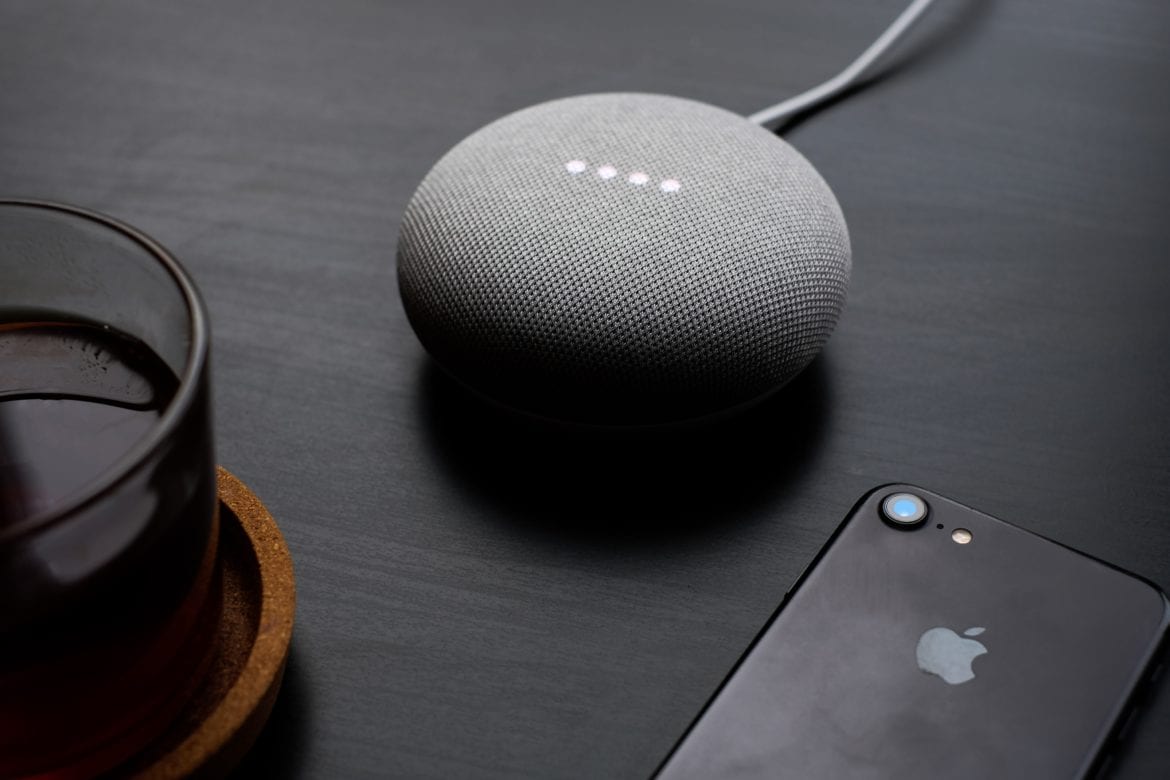|
Getting your Trinity Audio player ready...
|
Consumers are increasingly using voice-driven services on their smartphones and smart speakers. This is changing the way content is sought out and consumed. Voice-based search is getting increasingly popular. Gartner predicts that by 2020, 30% of web browsing sessions would be voice-based.
This shift is being driven by significant improvements in technology that powers voice-driven services like Google Home, Alexa, and Siri. Google’s machine learning-backed voice recognition,
Combine that with the rapid adaptation of voice-enabled devices including smartphones and smart speakers. A Forrester report, Smart Home Devices Forecast, 2017 To 2022 (US) estimated that the installed base of smart home devices in the US is set to reach 244 million by 2022. And the signs are clear that we are going to witness a significant change in how people interact with the internet in the coming years.
Voice-enabled devices represent a transformational shift in how consumers get information and how publishers distribute news. The internet used to be in a ‘point-and-click’ phase where desktop websites flourished, but now it’s in a ‘touch’ phase as mobile devices and apps have increased digital access to content and services. Voice commands are now ushering us in a third phase through the ‘internet of things’ and all types of connected devices and experiences.
Francesco Marconi, Strategy Manager and AI Co-lead, Associated Press
What this means for publishers
According to a 2018 Parsely report on traffic sources, “Even before Facebook announced changes to their algorithm at the beginning of 2018, there was a reversal in duopoly referral traffic trends that made Google Search the primary referrer to the Parsely network. Brands and publishers alike took the Facebook algorithm change as a cue to reevaluate dependency on the duopoly.”
A 2018 PwC survey, “Consumer Intelligence Series: Prepare for the voice revolution” found that 35% people used voice searches on a daily and 50% on a monthly basis, to check on weather and news.
Further, 71% of the respondents said they would use their voice assistant to search for something online over physically typing their query.
With this shift towards voice based queries, one of the most important factors that can affect content discovery is SEO. Since voice searches are different from typed searches, updating their SEO to fit with the new trend is something publishers may need to consider.
Optimizing for voice search requires some slightly different tactics from those for traditional SEO, and having insight into these queries could help you provide a better experience for those searching by voice.
Bryson Meunier, SEO Director at Vivid Seats
Getting ready for the “age of voice-based searches”
Website content in the era of voice search isn’t just about keywords, it’s about semantic search and building the context related to answering a question. Almost 70% of requests to Google Assistant are expressed in natural language, not the typical keywords people type in a web search. For example, users looking for a web designer may type “best web design companies” into Google. But while using voice search, they would probably say, “Find me the best web design companies.”
The rapid growth in usage of both personal assistants and voice search means that it’s more important than ever to understand how search engines provide predictive answers to our questions.
The artificial intelligence that powers voice search learns with every interaction and develops a better understanding of user intent and context over time. It builds on previous queries, can contemplate multiple steps and queries, and is oriented toward actions, tasks, and transactions. The secret to good voice SEO, therefore, is to think of keywords in terms of how they would feature in answer to who, what, where, when and why questions.
Further, unlike traditional search engine results on desktop or mobile, where you get a range of options, voice searches tend to be highly specific and generally result in a single response.
According to Rebecca Sentance, Deputy Editor of Search Engine Watch, “The rise of voice search is transforming search engines into “answer engines,” which require a different strategy and set of ingredients for success. This strategy has come to be known as AEO, or “answer engine optimization”.”
Content creators should be adding voice-ready and featured-snippet-ready snippets into their content, to make it as easy as possible for Google to surface the answer they need.
Matthew Howells-Barby, Director of Acquisition, Hubspot
Voice technology is still relatively nascent, and there will be a lot more to learn, especially considering how it’s going to impact publishers in the future. Getting content optimized for voice search is among the first steps publishers can take to get ready for the “age of voice.”


